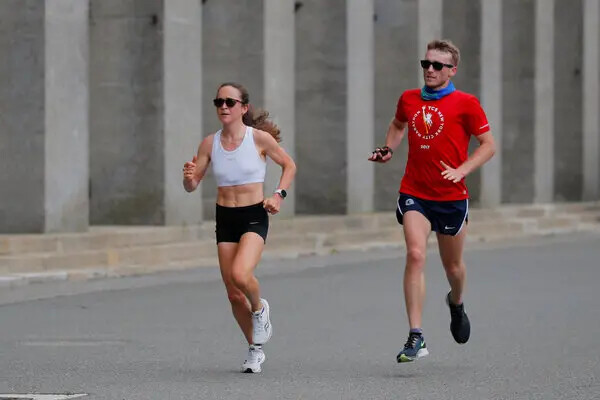Running News Daily
Running News Daily is edited by Bob Anderson. Send your news items to bob@mybestruns.com Advertising opportunities available. Train the Kenyan Way at KATA Kenya and Portugal owned and operated by Bob Anderson. Be sure to catch our movie A Long Run the movie KATA Running Camps and KATA Potato Farms - 31 now open in Kenya! https://kata.ke/
Index to Daily Posts · Sign Up For Updates · Run The World Feed
Molly Seidel’s tips for increasing mileage
If there was every someone to listen to for advice about increasing run mileage, it’s an Olympic marathon medallist. Marathoners know how to run far, after all, and winning an Olympic medal in the event means a runner is one of the best at going long. If you’re looking to increase your mileage but don’t know how, you’re in luck, because Tokyo 2020 bronze medallist Molly Seidel has three tips that will help any runner go farther in training.
Don’t go so hard

Seidel shared her advice with Coros, one of her main sponsors, and her first tip was to take it a bit easier and dial back the intensity in your runs. If you’re building toward your first half-marathon or marathon and all you’ve run previously are 5Ks or 10Ks, you can’t expect to train at the same intensity while also running two or three times farther in your workouts.
If you try to maintain your 5K training intensity while increasing your mileage, you’re probably going to end up getting hurt. That’s why Seidel recommends you focus on distance first, slowly increasing it over time. Then, once you’re used to those longer training sessions, you can re-introduce that intensity to your schedule.

Eat on the run
When you’re training for a 5K or 10K, you’re really not running all that long. Sure, it may feel like a long time when you’re putting the work in, but compared to a marathon training load, the mileage is quite low. Thanks to such short training runs, you can probably make it through each session without bonking (assuming that you’ve eaten well before your run).
When it comes to high-mileage training, however, you may need a kick of energy every now and then, and that’s when Seidel suggests eating. If you bonk in the middle of a long run, you’re going to be miserable as you try to make it to the end. You might not even make it that far. That’s why fuelling mid-run is a great idea, as it will help to carry you through to the later kilometres of each workout. This is the time to experiment with gels, chews, or a few bites of an energy bar once every 45 minutes to an hour.
Run with others
Seidel is a proponent of the group run. She recommends finding your crew, whether that’s in an official running group or just a couple of friends, as this will help your motivation in training. It can be tough to convince yourself to get out the door to run a 5K from time to time, but it’s even harder to find the motivation when you know you’re running four times that, or more. If you have a group or friend to run with, you’ll be much more likely not only to start your run, but to finish it, too.
by Ben Snider-McGrath
Login to leave a comment




